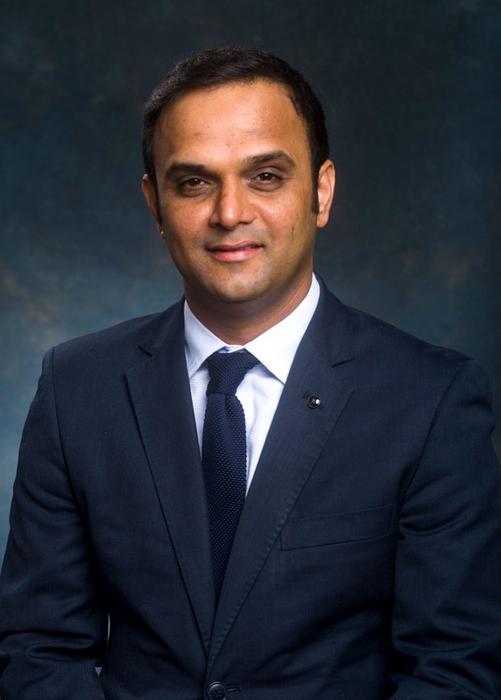Revolutionary High-Frequency Enhanced Ultrafast Compressed Photography Technology Captures Microscopic Ultrathin Movies Instantly
High-frequency enhanced ultrafast compressed active photography (H-CAP) represents a significant breakthrough in the field of imaging technology, particularly for capturing transient phenomena that occur at extremely rapid time scales. This advancement merges the realms of ultrafast imaging with compressed sensing techniques, creating a new toolkit for researchers looking to probe the complexities of events that […]


High-frequency enhanced ultrafast compressed active photography (H-CAP) represents a significant breakthrough in the field of imaging technology, particularly for capturing transient phenomena that occur at extremely rapid time scales. This advancement merges the realms of ultrafast imaging with compressed sensing techniques, creating a new toolkit for researchers looking to probe the complexities of events that unfold in mere picoseconds and nanoseconds. The implications for scientific research are vast, with potential applications ranging from understanding fundamental processes in nature to enhancing precision in manufacturing sectors.
At the heart of this innovation is the ability to capture ultrafast phenomena in a single shot, thereby eliminating the need for repetitive processes often required by conventional imaging techniques. Traditional pump-probe methods, while effective in controlled conditions, necessitate that the dynamic events being observed remain consistent and repeatable. This requirement fundamentally limits their versatility, especially when faced with random or unstable ultrafast events. H-CAP addresses these limitations, allowing researchers to investigate unrepeatable phenomena without losing critical temporal data.
The H-CAP system utilizes a specific coding technique in the spatial domain to map the ultrafast events onto a coded structure that is adept at preserving high-frequency information. The challenge faced in ultrafast imaging is the trade-off between spatial resolution and the number of frames captured during observation. As the complexity of ultrafast processes rises, it becomes increasingly difficult to balance these parameters effectively. By reconfiguring the structural distribution of traditional random codes, the H-CAP method enhances the ability to capture and reconstruct high-frequency data, thus providing a more nuanced understanding of ultrafast processes.
A shifting focus to high-frequency enhanced coding significantly mitigates the blurring issues that often plague traditional ultrafast compressed imaging. By rearranging pixel clusters, H-CAP effectively suppresses low-frequency noise in the Fourier transform domain, ensuring that crucial high-frequency components are retained during capture. This crucial step enhances the signal quality even in challenging observational conditions, ultimately improving the signal-to-noise ratio when collecting a larger number of frames.
The effectiveness of this innovative imaging technology has been showcased in experiments focusing on the dual-pump pulse ablation of silicon surfaces. In these studies, the ability to visualize the dynamic interactions between laser pulses and material has illuminated the effects of pulse delay on ablation enhancement. The observations revealed that increased delay times led to more pronounced effects, underscoring the power of H-CAP to unveil intricate details of ultrafast phenomena that were previously challenging to capture.
Furthermore, the reconstructed two-dimensional images from H-CAP allowed researchers to derive relative reflectivity curves for the excitation region over time. This data elucidates changes in plasma density as the laser interacts with the material, providing insights into material states that can evolve within milliseconds or shorter timescales. Such capabilities offer a new lens through which scientists can observe and study various transient processes, from light-field measurement to ultrafast demagnetization.
As the demand for high-fidelity imaging technology continues to rise across disciplines, H-CAP stands as a testament to the evolving landscape of research tools available to scientists today. This technique not only supports high temporal resolution and frame rates but also bridges the gap in simultaneous computational imaging needs. Its potential extends beyond academic pursuits, signifying a step forward in industrial applications where monitoring rapid phenomena is paramount.
Research led by Professor Feng Chen highlights the promise of H-CAP technology, showcasing how it facilitates the study of complex systems operating under high space-time variances. His background in femtosecond laser micro/nano manufacturing and ultrafast photonics positions him at the forefront of this exploration, ensuring that H-CAP remains a focal point in ongoing studies.
With this promising direction in ultrafast imaging technology, researchers are now better equipped to investigate phenomena that were once unobservable. The sophistication of observational tools such as H-CAP allows for more comprehensive explorations of the microscopic world, from natural processes in biology to advances in nanotechnology.
As science pushes the boundaries of what is possible, H-CAP may pave the way for significant advancements in both our understanding of fundamental science and the development of new technologies that rely on precise imaging capabilities. This exciting field continues to evolve, and it is only a matter of time before we see further operations bolstered by the unique strengths of high-frequency enhanced ultrafast compressed photography.
By establishing a framework for single-shot modalities in complex environments, H-CAP positions itself at the nexus of transformative imaging techniques. The capability to capture changes dynamically and accurately enforces the importance of precision in observing ultrafast events. As researchers and industries alike strive to capture the fleeting moments that matter, H-CAP is poised to establish itself as a cornerstone of advanced scientific imaging.
Subject of Research: High-frequency enhanced ultrafast compressed active photography (H-CAP) technology
Article Title: High-Frequency Enhanced Ultrafast Compressed Active Photography Takes the Stage
News Publication Date: 2025
Web References: Link to article
References: Meng YZ, Lu Y, Zhang PF et al. High-frequency enhanced ultrafast compressed active photography. Opto-Electron Adv 8, 240180 (2025). doi: 10.29026/oea.2025.240180
Image Credits: Credit: OEA
Keywords
ultrafast compressed imaging, high-frequency enhanced sampling, spectral-temporal transform, transient processes, high-fidelity reconstruction
Tags: advancements in ultrafast event observationapplications of H-CAP in scientific researchcapturing transient phenomena in nanosecondscoding techniques for high-frequency informationcompressed sensing in photographyenhancing precision in manufacturing with photographyhigh-frequency ultrafast imaging technologylimitations of traditional imaging methodsrevolutionary imaging techniques for researchsingle-shot ultrafast photography innovationsultrafast compressed active photographyunrepeatable phenomena in imaging technology
What's Your Reaction?

































